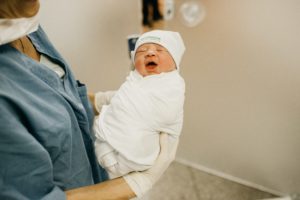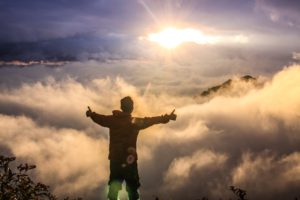


 emerged. We were born. We have survived. It can be helpful in times of challenge or doubt to remember that we have already survived unsupportive circumstances. Chances are, we can do it again.
emerged. We were born. We have survived. It can be helpful in times of challenge or doubt to remember that we have already survived unsupportive circumstances. Chances are, we can do it again. Remember all you have already accomplished and succeeded at in your life. Remember those who love you and those you love. Remember what you value, what and who supports you. Although you may resonate with the little one you once were, and that little one is inside you, it is not all of who you are now.
Remember all you have already accomplished and succeeded at in your life. Remember those who love you and those you love. Remember what you value, what and who supports you. Although you may resonate with the little one you once were, and that little one is inside you, it is not all of who you are now.